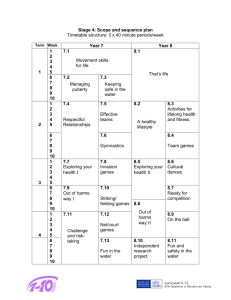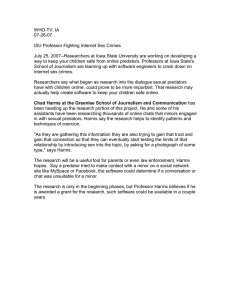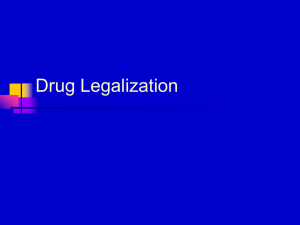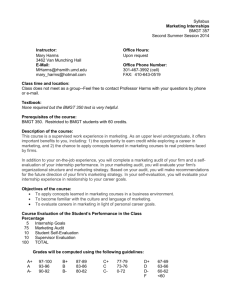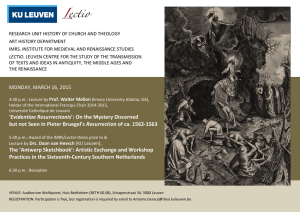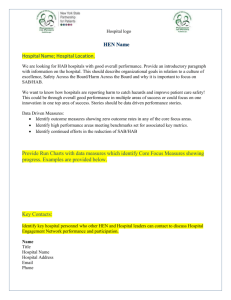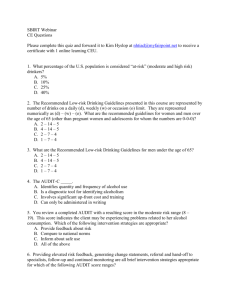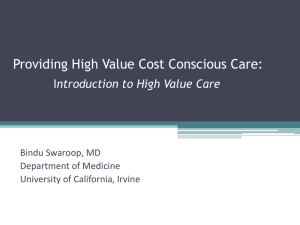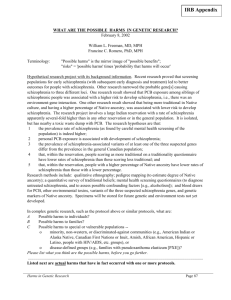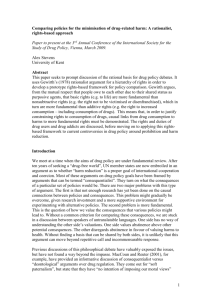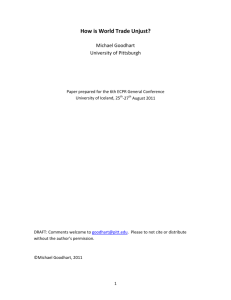Is Cocaine Trafficking More or Less Harmful than other
advertisement
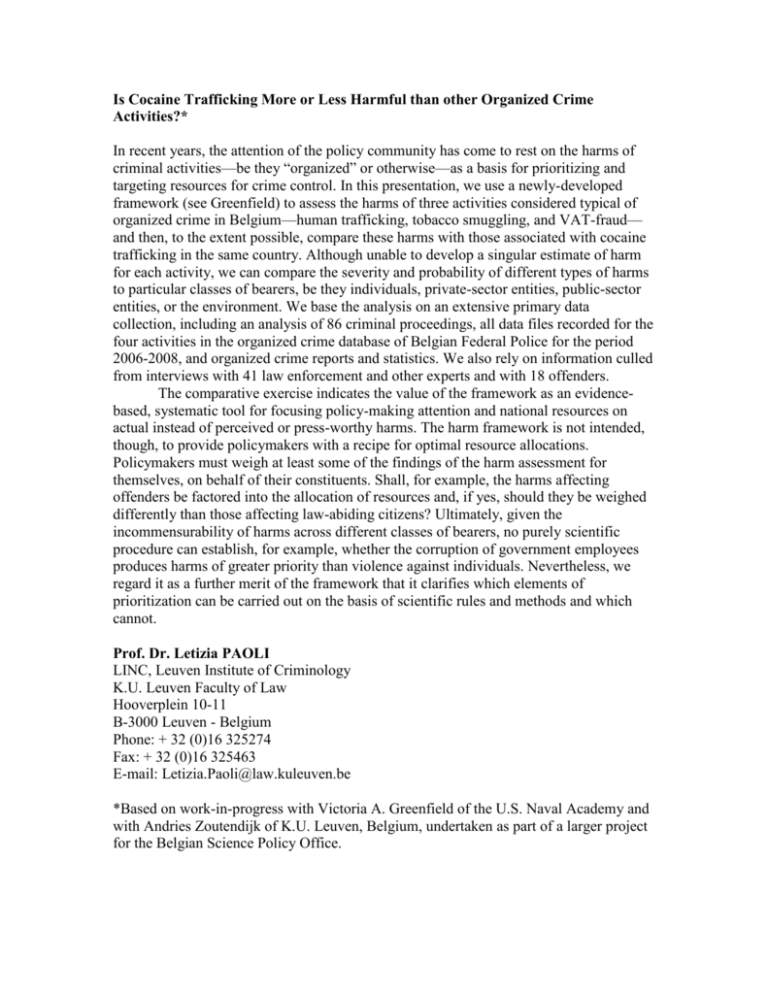
Is Cocaine Trafficking More or Less Harmful than other Organized Crime Activities?* In recent years, the attention of the policy community has come to rest on the harms of criminal activities—be they “organized” or otherwise—as a basis for prioritizing and targeting resources for crime control. In this presentation, we use a newly-developed framework (see Greenfield) to assess the harms of three activities considered typical of organized crime in Belgium—human trafficking, tobacco smuggling, and VAT-fraud— and then, to the extent possible, compare these harms with those associated with cocaine trafficking in the same country. Although unable to develop a singular estimate of harm for each activity, we can compare the severity and probability of different types of harms to particular classes of bearers, be they individuals, private-sector entities, public-sector entities, or the environment. We base the analysis on an extensive primary data collection, including an analysis of 86 criminal proceedings, all data files recorded for the four activities in the organized crime database of Belgian Federal Police for the period 2006-2008, and organized crime reports and statistics. We also rely on information culled from interviews with 41 law enforcement and other experts and with 18 offenders. The comparative exercise indicates the value of the framework as an evidencebased, systematic tool for focusing policy-making attention and national resources on actual instead of perceived or press-worthy harms. The harm framework is not intended, though, to provide policymakers with a recipe for optimal resource allocations. Policymakers must weigh at least some of the findings of the harm assessment for themselves, on behalf of their constituents. Shall, for example, the harms affecting offenders be factored into the allocation of resources and, if yes, should they be weighed differently than those affecting law-abiding citizens? Ultimately, given the incommensurability of harms across different classes of bearers, no purely scientific procedure can establish, for example, whether the corruption of government employees produces harms of greater priority than violence against individuals. Nevertheless, we regard it as a further merit of the framework that it clarifies which elements of prioritization can be carried out on the basis of scientific rules and methods and which cannot. Prof. Dr. Letizia PAOLI LINC, Leuven Institute of Criminology K.U. Leuven Faculty of Law Hooverplein 10-11 B-3000 Leuven - Belgium Phone: + 32 (0)16 325274 Fax: + 32 (0)16 325463 E-mail: Letizia.Paoli@law.kuleuven.be *Based on work-in-progress with Victoria A. Greenfield of the U.S. Naval Academy and with Andries Zoutendijk of K.U. Leuven, Belgium, undertaken as part of a larger project for the Belgian Science Policy Office.
